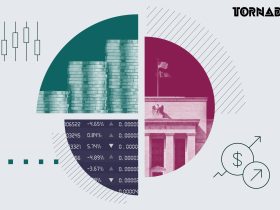It may appear like getting student loan forgiveness is an uphill battle. With no plans to cancel student loans on a large scale in the foreseeable future, you may be wondering if you qualify for any student loan forgiveness at all. Since taking office, President Joe Biden has forgiven $15.5 billion in student loan debt. There are also more student loan forgiveness alternatives that you might not be aware of but should be. Here are three options for getting student loan forgiveness right now, according to Forbes:
$2 billion of student loan forgiveness
For this sort of student loan forgiveness, the US Department of Education has awarded $2 billion in student loan forgiveness to federal student loan holders. Borrower defense to repayment is a legal provision that permits student loan debtors to receive partial or entire loan cancellation if their institution or university deceived them.
$1.8 billion of student loan cancellation
If you have student loans, Navient — one of the nation’s major student loan servicers — is likely to be your loan servicer. While Navient will no longer administer federal student loans, the company announced a significant deal to resolve charges of “widespread unfair, misleading, and abusive student loan servicing practices and abuses in the origination of predatory student loans.”
$4.5 billion of student loan forgiveness
The Biden administration has eliminated $4.5 billion in student loan debt for government employees. It’s not too late to apply for public service debt forgiveness, which can help you eliminate all of your federal student loans. You must work full-time for a recognized non-profit or government agency, enroll in an income-driven repayment plan, and make 120 monthly student loan payments to qualify. Importantly, through October 31, 2022, there is a one-time option to receive a limited waiver for student loan forgiveness.
Most borrowers haven’t had to pay their monthly student loan due in over two years. Despite this, according to a poll of more than 23,000 student loan debtors conducted by the Student Debt Crisis Center, 93 percent of them are not prepared to begin payments on May 1.
Because interest on most federal student loans was halted during the government’s payment hiatus, the amount owed when payments resumed will be virtually the same. The expense of living, on the other hand, has altered substantially.
The Consumer Price Index, which monitors the cost of consumer products, is increasing 7.5 percent this year, the highest annual rate in over four decades, according to the most current official statistics. Inflation has reduced earnings by 1.7 percent in the last year, despite rising salaries, as per CNBC via MSN.
Read More:
Claim Your Tax Refund on March 1; Here’s Everything You Need to Know!
Monthly Stimulus Checks in Child Tax Credit May Return; Here’s The New Catch!















Leave a Reply